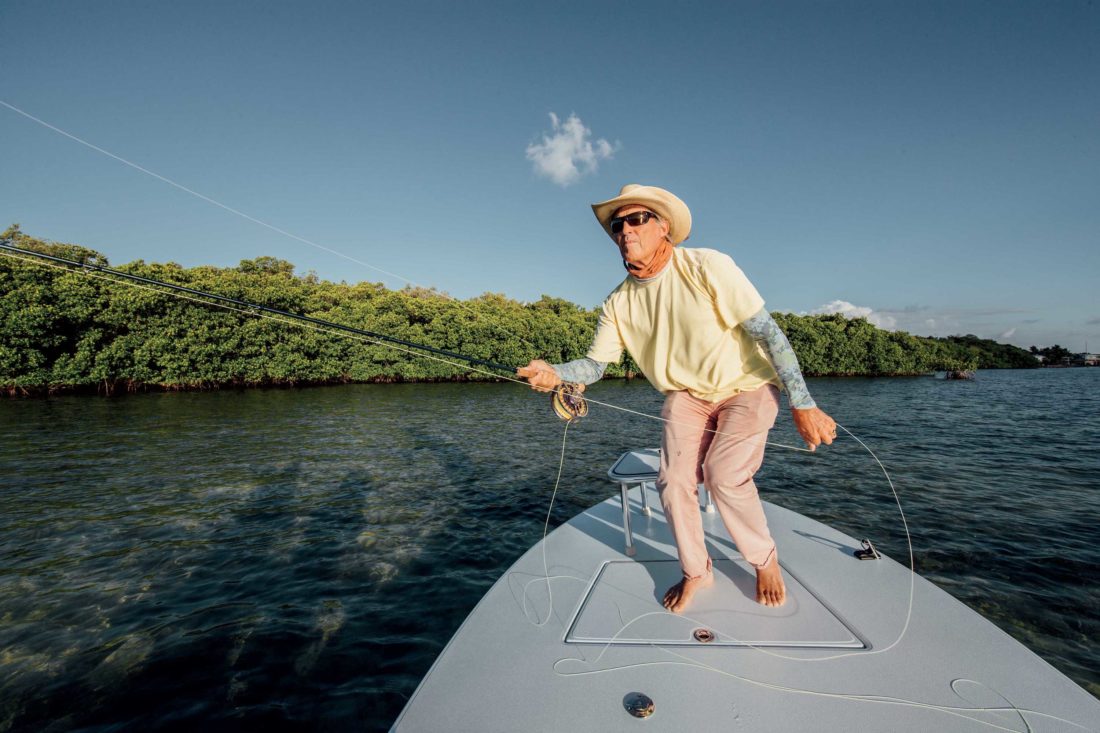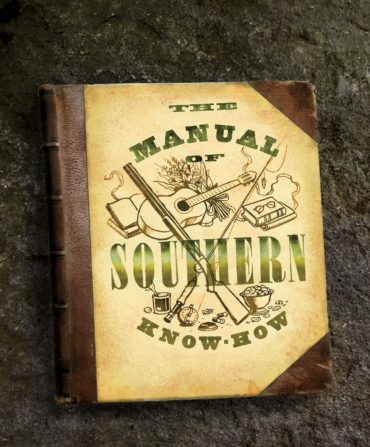The trick is getting your fly to the fish. With the wind in your face, think like a golfer, and try to do the equivalent of hitting a knockdown shot by keeping your fly line under the wind. Bend at the hips and cast sidearm.
That method works, too, if there is a crosswind blowing at your noncasting arm. The opposite crosswind—one blowing at your casting arm—can be a nightmare. You’ll put a fly in your ear if you cast normally. So you should master the backhand cast and, again, stay low.
When the wind is at your back, make fewer false casts—too much false casting is a fast track to disaster. Use the water to load your rod, false cast once or twice, and finish with your rod high, letting the wind help throw the fly line.
The key to any good cast is stopping the rod tip, and that is an imperative in the wind. It will keep the loop tight and penetrating, getting the fly to your target. Your rod basically works like a bow and arrow. When you pull the bowstring back, it bends the bow. When you release the string, the bow unbends with speed, which accelerates the arrow forward. But the key moment is when the bent bow comes to a stop. That’s when the energy explodes and the arrow shoots out with tremendous speed. Fly casting is exactly the same: You accelerate the rod tip, putting the bend in it, and then suddenly stop it, shooting out the fly line.








